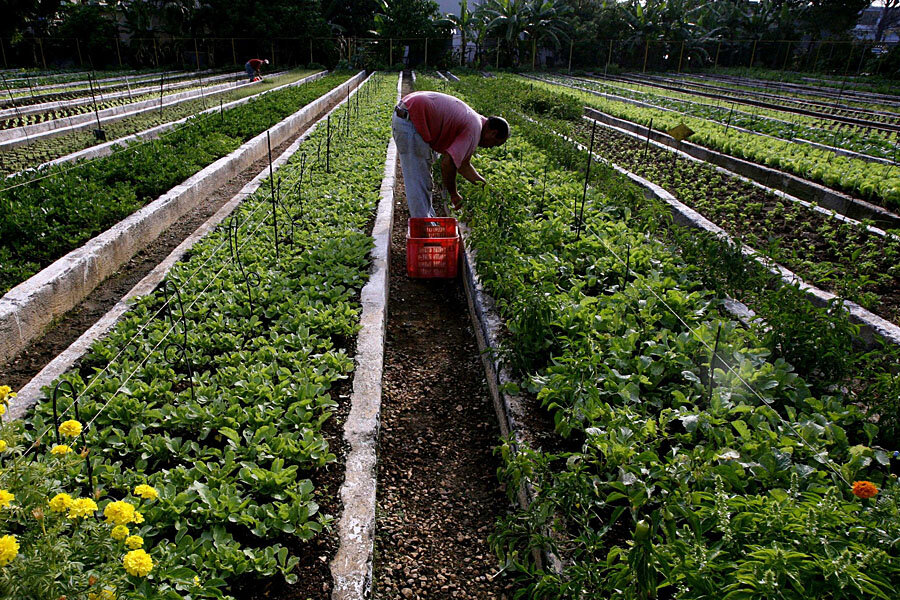What can urban agriculture do for Latin American cities?
Many major cities in Latin America and the Caribbean are turning to urban farming to address the common problems that they face, such as urban poverty and food insecurity. According to a report by the Food and Agriculture Organization (FAO), the urban population of Latin America and the Caribbean is now almost half a billion; the region is the most urban in the world. In 2009, representatives from Central American national governments, research institutes, and international organizations met to draft the Medellìn Declaration, which committed them to incorporate UPA, or urban and peri-urban agriculture (the latter refers to commercial farming that supplies a city’s food) to alleviate their cities’ problems.
Havana, Cuba, is making use of the technological developments that have arised from the use of UPA. “In Cuba, the biggest challenge was the shortage of inputs, especially seed, fertilizer, and pesticide,” said Graeme Thomas, author of the FAO report. “That has been overcome by a shift to fully organic production.” Havana is well known for their use of organoponics, a farming technology that uses organic substrates. The city, which previously struggled with food rationing and child malnutrition, now boasts 97 organoponic gardens. An estimated 90,000 households are now growing their own vegetables and raising small animals for consumption, and
In Mexico City, the implementation of UPA can restore farming to the city that has lost farmland to urban sprawl. Though current laws intend to protect city land as an ecological zone and regulate pesticide use, they are not often enforced. Pesticides are often not inspected and more than 850 informal settlements have been built on the protected land. The addition of UPA was pioneered by a collaboration of the SEDREC (the Secretariat for Rural Development and Equality for Communities), NGOs, and small groups such as neighborhood assemblies. SEDREC is encouraging UPA efforts by promoting greenhouse gardening on social housing estates. “It appears that the government and civil society organizations are moving in the same direction together,” said Thomas.
In Lima, Peru, farmland has been pushed away from the city and into areas with much less fertile soil, creating food shortages and longer distribution channels. The city also faces water scarcity and contamination-- this water is used to irrigate crops. Upon the implementation of UPA in Lima, two water treatment plants that will treat one hundred percent of the city’s wastewater will be built at the end of 2014. Lima can irrigate the green areas in and around the city by recycling wastewater; this will meet the agricultural need for water as well as increase crop production and to ensure food and water safety.
The success and sustainability of UPA efforts will ultimately depend on cooperation by the national governments. The main obstacle to the widespread use of UPA is land availability and affordability, especially if the real estate market sets the price of land. Collaboration between local and national governments as well as international organizations will also ensure the success of UPA. "Where the sector has strong governmental support from national to local level...it has a far greater impact in terms of improving urban food security and contributing to people's livelihoods and local economic development," said Thomas.





